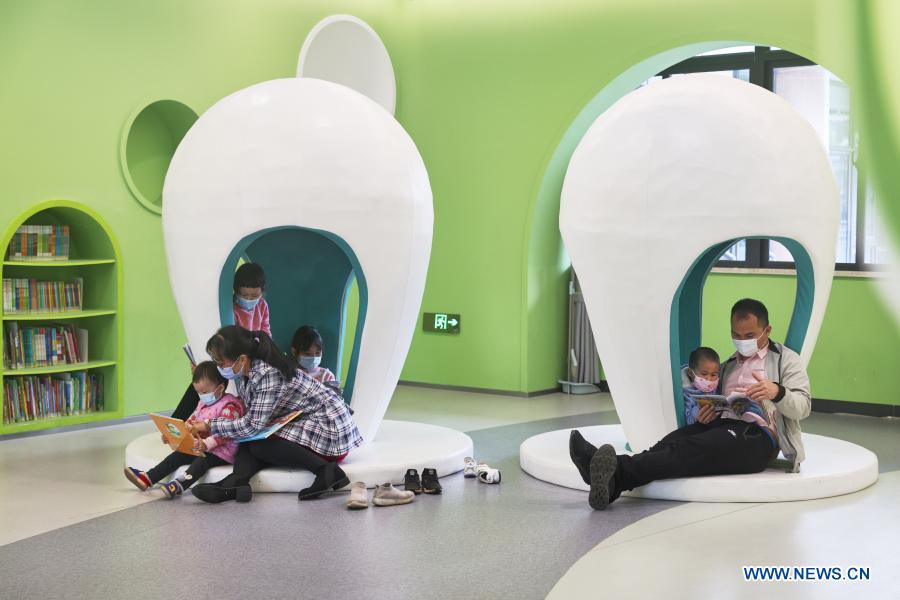Promoting Chinese Culture in the New Era

Calling “culture” the “soul” of a country and a nation, Chinese President Xi Jinping, also general secretary of the Communist Party of China (CPC) Central Committee, rightly pointed out in his report to the 19th CPC National Congress that “Our country will thrive only if our culture thrives, and our nation will be strong only if our culture is strong.” Since China’s path, system and theory remain essentially socialist, with Chinese characteristics, development of socialist culture with core socialist values will be at the center of China’s cultural development in the new era.
In sync with this document, the development of advanced socialist culture is underlined in the work report of the Chinese government delivered during the 2021 Two Sessions. Over the past year, China has promoted the development of major symbols of Chinese culture through different phases of Chinese history such as the Great Wall, Grand Canal, Long March, and Yellow River national cultural parks. The country also plans to enact a program for national tourism and recreation from 2021 to 2035 and promote the implementation of the paid vacation system. Preparations for the 2022 Beijing Winter Olympics and Paralympics will be stepped up. Construction of major cultural facilities such as the northern section of the Palace Museum and the National Art Museum of China will also be advanced. In other words, China intends to roll out cultural services as public goods so as to make them available to larger sections of the Chinese society.
The thriving cultural development also translates into the dissemination and acceptance of Chinese culture across the continents, which depends on its appeal or attraction. Across its long history, China has created a splendid civilization in the form of architecture, philosophy, Chinese characters, Taichi, traditional Chinese medicine, opera, so on and so forth. It is absolutely fine that people may choose one or another thing of their liking.
Culture connects people. It fosters people-to-people bond and exchange. Moreover, different cultures have been created by the circulation of ideas, people, technologies, etc. between the people of various regions in the process of historical development. Therefore, one may find imprints of one cultural system on the other, demonstrating that cultural dialogue has given birth to innovations and new ideas, and in turn strengthened friendly relations between countries. Cultural dialogue between India, China and Central Asia in ancient times is all about this cultural connection.
In order to let a culture thrive, one must “let a hundred flowers bloom and a hundred schools of thought contend.” Needless to say, this has happened during the Axial Age all over the world when great cultural icons thrived including Confucius, Laozi, Mozi, Xunzi, Han Feizi and many more. This remains important to the development of Chinese culture.
The author is a professor with the Centre for Chinese and South-East Asian Studies, Jawaharlal Nehru University, New Delhi, India.
